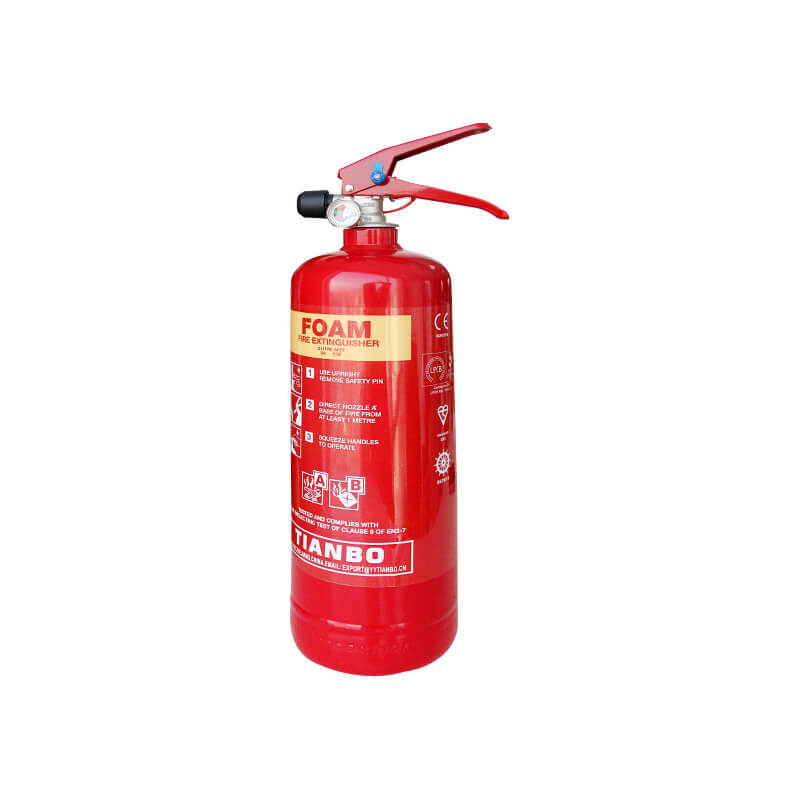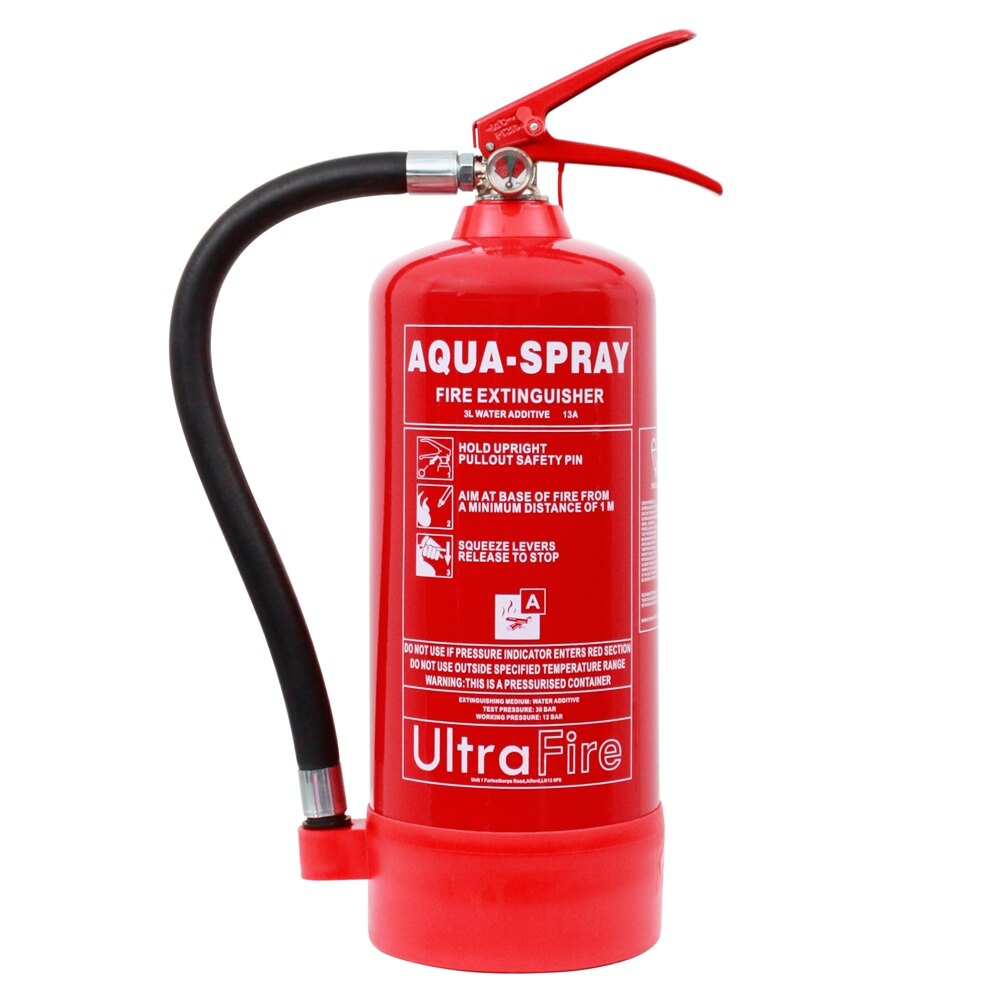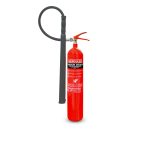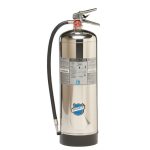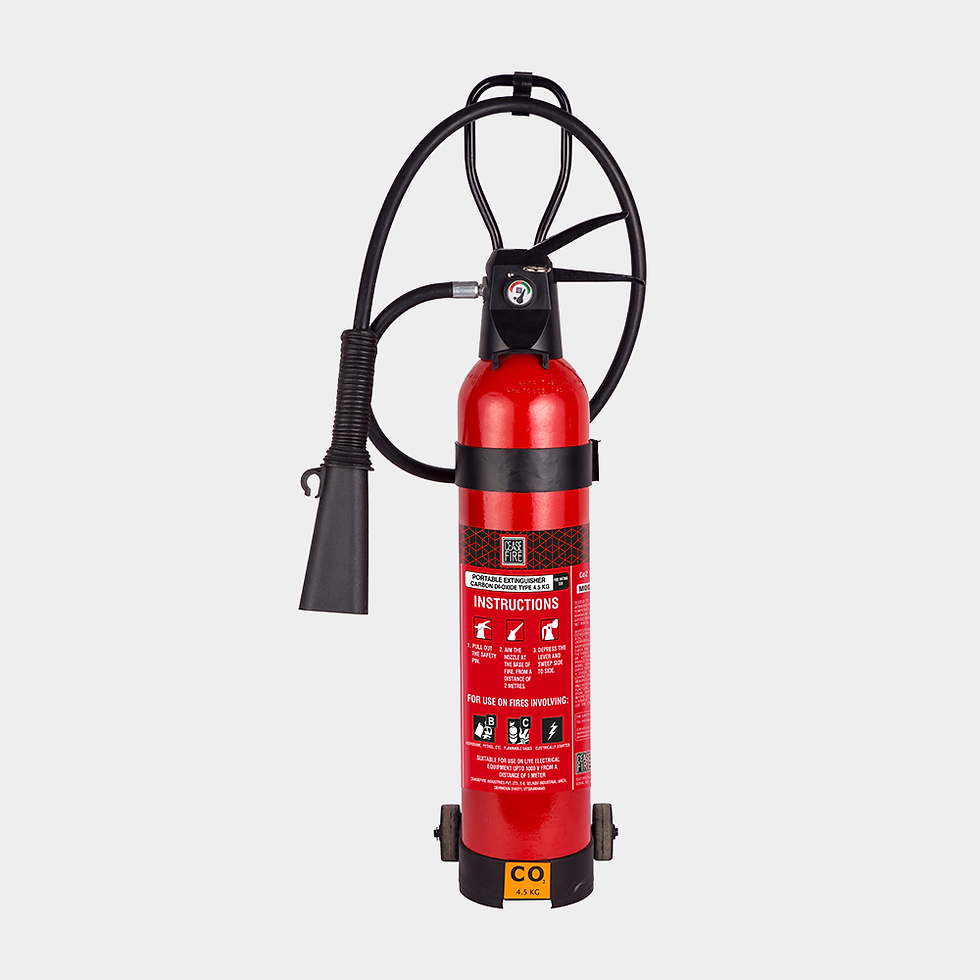 I. Understanding the Different Types of Fire Extinguishers
I. Understanding the Different Types of Fire Extinguishers
When it comes to fire safety, it’s important to understand the different types of fire extinguishers available and their specific uses. There are several classes of fire extinguishers, each designed to combat different types of fires.
A. Class A Fire Extinguishers
Class A fire extinguishers are designed to combat fires involving ordinary combustible materials such as wood, paper, cloth, and rubber. These types of extinguishers are commonly found in homes, offices, and other environments where these materials are present. Class A fire extinguishers typically use water, foam, or dry chemical agents to smother the fire and extinguish it.
B. Class B Fire Extinguishers
Class B fire extinguishers are designed to combat fires involving flammable liquids such as gasoline, oil, grease, and other oil-based products. These types of extinguishers are commonly found in areas where flammable liquids are present, such as garages, kitchens, and industrial settings. Class B fire extinguishers typically use dry chemical agents or carbon dioxide to smother the fire and prevent it from spreading.
C. Class K Fire Extinguishers
Class K fire extinguishers are designed specifically for combating fires involving cooking oils and fats, often found in commercial kitchens and restaurants. These extinguishers use a special type of agent called potassium acetate to effectively extinguish these types of fires.
II. The Importance of Using the Correct Fire Extinguisher for Grease Fires
When it comes to dealing with grease fires, the choice of fire extinguisher plays a critical role in successfully containing the fire and preventing it from escalating. Understanding the importance of using the correct fire extinguisher is crucial for ensuring the safety of individuals and reducing the potential risks associated with these types of fires.
A. Risks of Using the Wrong Type of Extinguisher
Using the wrong type of fire extinguisher for a grease fire can exacerbate the situation and pose serious risks. For instance, employing a Class A or Class B fire extinguisher on a grease fire can lead to unintended consequences. Water-based extinguishers, typical of Class A, can cause the grease to splatter, potentially spreading the fire, whereas dry chemical extinguishers common in Class B may not effectively extinguish the flames, leading to further escalation.
Furthermore, using the wrong type of extinguisher can result in the release of harmful chemicals, leading to contamination of surfaces and food items in commercial kitchens and restaurants. This not only poses health risks to individuals but also results in significant financial repercussions due to potential damage to property and equipment.
B. Benefits of Using the Correct Extinguisher
Employing the correct fire extinguisher, specifically designed for grease fires such as Class K extinguishers, offers several benefits in effectively managing and extinguishing the fire. Class K extinguishers can combat fires fueled by cooking oils and fats. The inclusion of potassium acetate in Class K extinguishers aids in smothering and cooling the flames, providing a swift and effective means of fire suppression.
By using Class K fire extinguishers, the risks of the fire spreading or reigniting are significantly reduced. The specialized agent in Class K extinguishers helps in preventing the fire from spreading on the cooking surface and surrounding areas, providing a safer environment for individuals to address the situation and minimize damages.
Moreover, utilizing the correct fire extinguisher not only ensures the safety of individuals and property but also reduces the potential for collateral damage. This includes mitigating the spread of harmful chemicals and contaminants, preserving the integrity of cooking equipment and appliances, and minimizing disruptions to business operations in commercial settings.
III. Selecting the Best Fire Extinguisher for Grease Fires
When it comes to selecting the best fire extinguisher for grease fires, there are several factors to consider.
A. Factors to Consider When Choosing a Fire Extinguisher
- Type of Fire:
It’s crucial to select a fire extinguisher that is specifically designed to combat grease fires, such as a Class K fire extinguisher. These extinguishers have agents that are effective in smothering and cooling the flames of cooking oil and grease fires. - Size and Capacity:
Consider the size and capacity of the fire extinguisher. For kitchen areas and restaurants, it’s advisable to choose a larger extinguisher with a greater capacity to ensure it can handle larger grease fires. - Ease of Use:
Look for fire extinguishers that are easy to operate, especially in the event of a high-stress situation like a fire emergency. The extinguisher should have clear instructions and be simple to activate.
B. Popular Brands and Models for Grease Fire Extinguishers
There are several popular brands and models of fire extinguishers specifically designed for combating grease fires. Some well-known brands include Amerex, Buckeye, and Kidde, all of which offer a range of Class K fire extinguishers suitable for kitchen and commercial use.
IV. Proper Maintenance and Storage of Fire Extinguishers for Grease Fires
It’s not enough to simply have the right fire extinguisher for grease fires; proper maintenance and storage are also crucial to ensure its effectiveness in the event of a fire emergency.
A. Regular Inspections and Testing
Regular inspections and testing of fire extinguishers are essential to ensure their reliability. It’s important to follow manufacturer guidelines for inspection schedules and perform routine checks to verify that the extinguisher is fully pressurized, the nozzle and hose are unobstructed, and the agent is not clumped or hardened.
B. Storing Extinguishers in the Kitchen Area
For grease fires in kitchen areas, it’s important to store the fire extinguisher in a location that is easily accessible and visible. Mounting the extinguisher in a designated bracket or on a wall near the cooking area can ensure quick and easy access in the event of a fire. Additionally, it’s important to keep the extinguisher away from heat sources.
V. Training and Education on Using Fire Extinguishers for Grease Fires
A. Fire Safety Training for Kitchen Staff
In any environment where grease fires may occur, such as commercial kitchens and restaurants, it’s essential to provide comprehensive fire safety training for kitchen staff. This training should include education on the different classes of fire extinguishers, with a specific focus on the use of Class K extinguishers for grease fires.
B. Practical Tips and Demonstrations on Extinguisher Use
Alongside theoretical knowledge, practical demonstrations on extinguisher use can greatly enhance the understanding and preparedness of kitchen staff. Hands-on training should include practicing the operation of Class K fire extinguishers, along with guidance on how to approach and effectively extinguish a grease fire. Additionally, conducting regular fire drills can help reinforce the training and ensure staff are confident and capable of responding to a grease fire emergency.
By implementing comprehensive training and education on using fire extinguishers for grease fires, businesses can significantly enhance their fire safety preparedness. Equipping kitchen staff with the knowledge and practical skills to effectively handle grease fires can help mitigate risks, minimize damages, and ensure the safety of employees and patrons.
In conclusion, understanding the different classes of fire extinguishers and their specific uses is crucial for fire safety. Using the correct fire extinguisher can make a significant difference in extinguishing the fire safely and preventing the situation from escalating. It’s important for everyone to be familiar with the types of fire extinguishers available and when to use them to ensure the safety of themselves and others.
